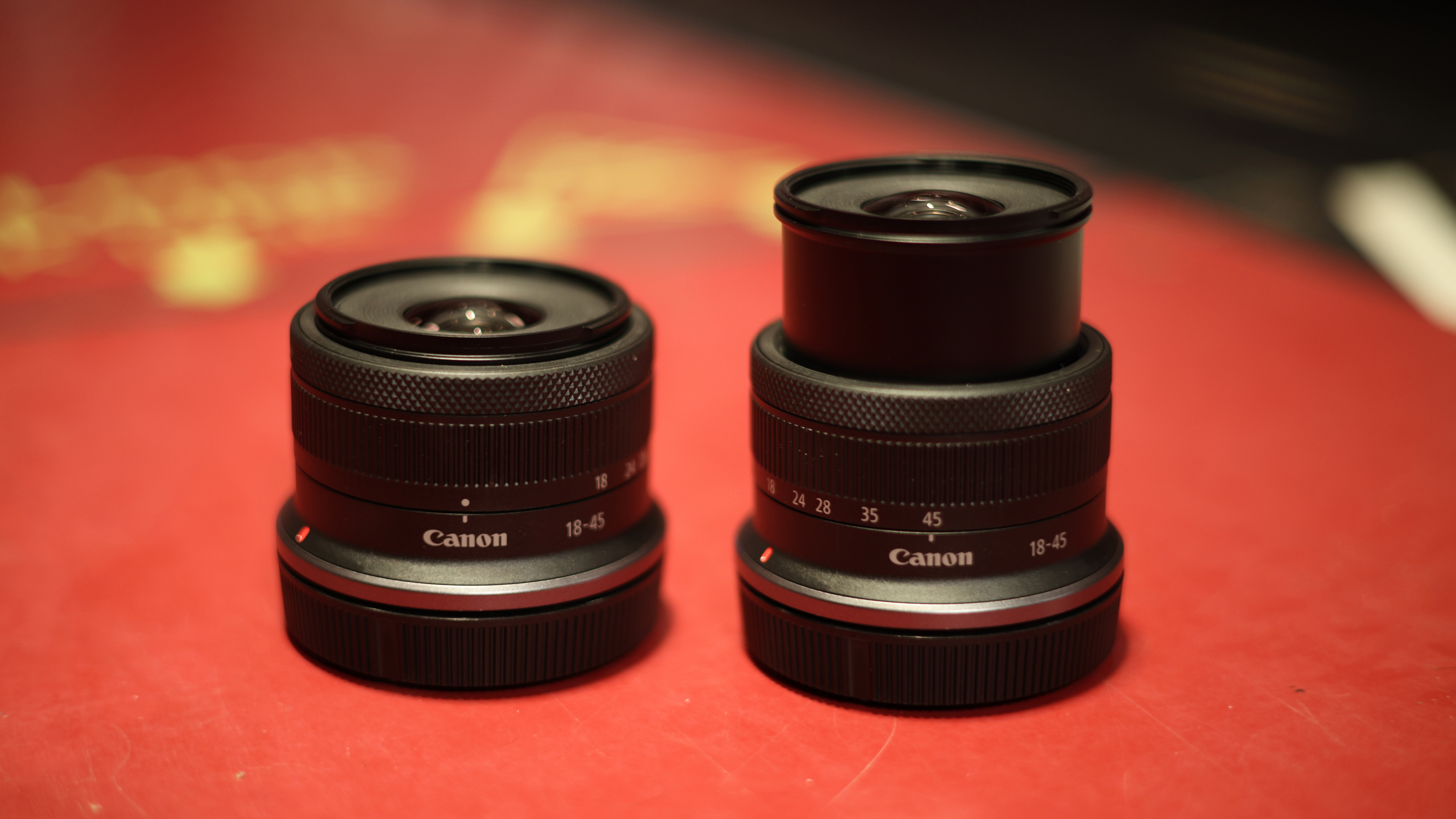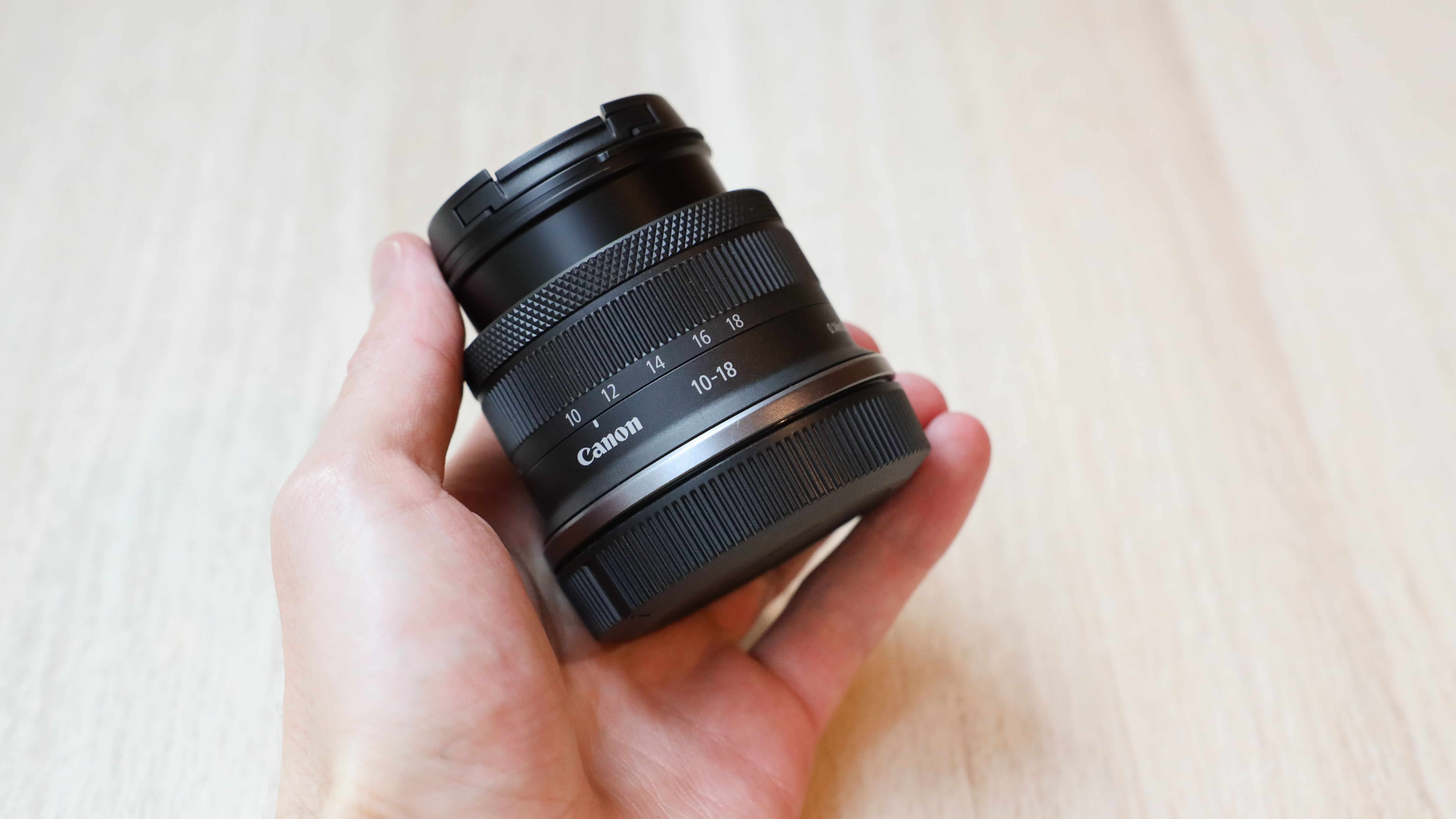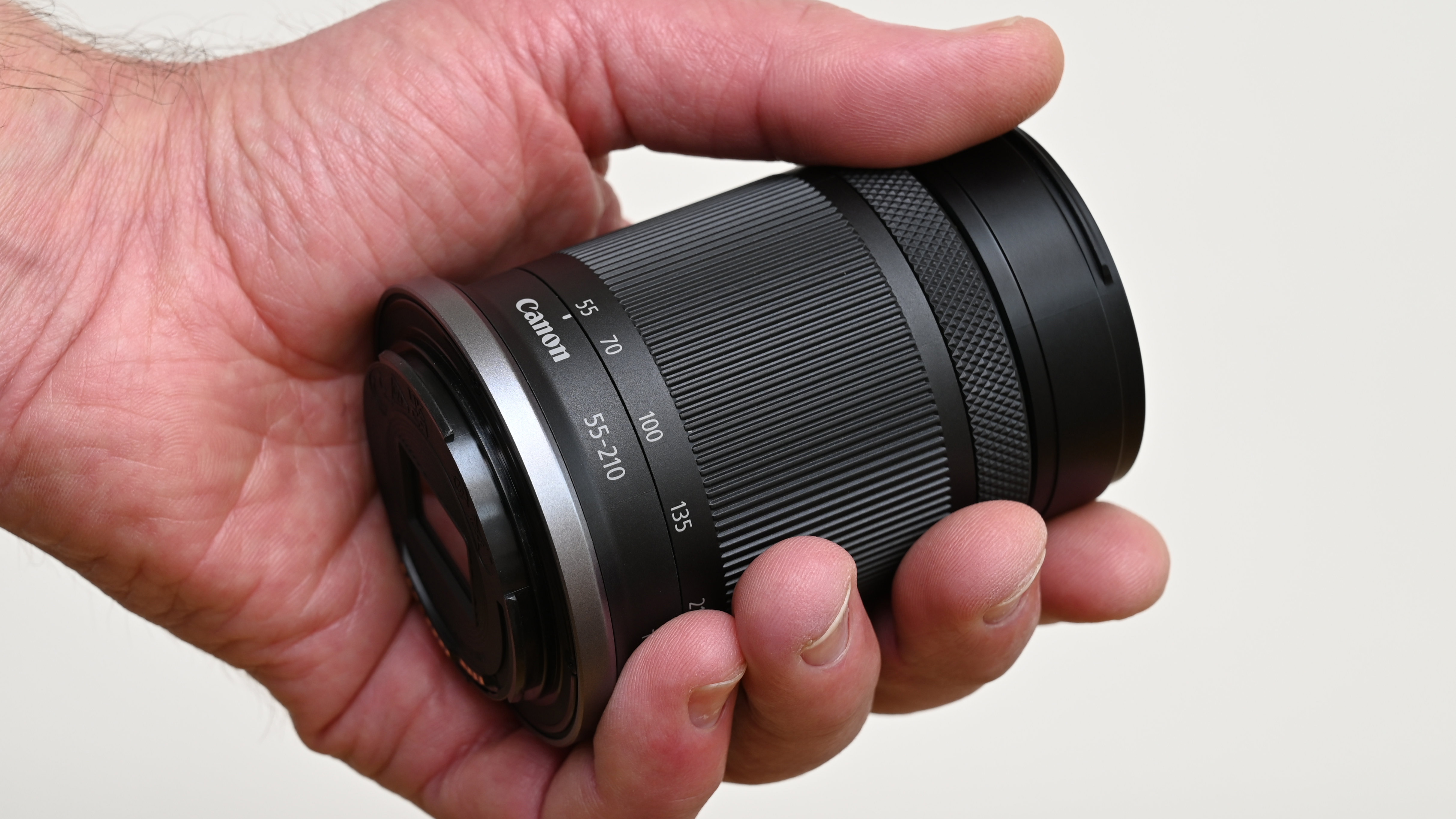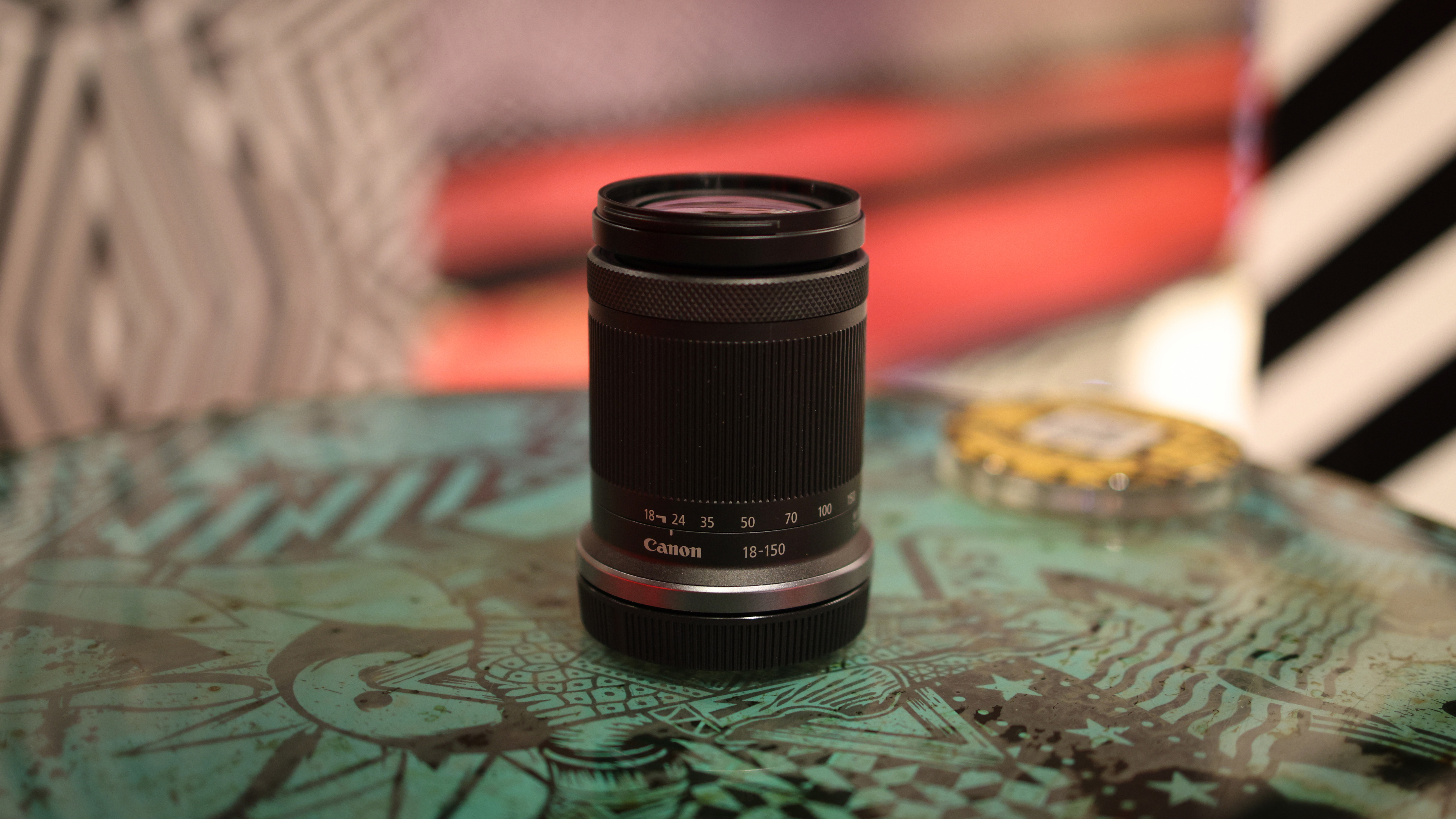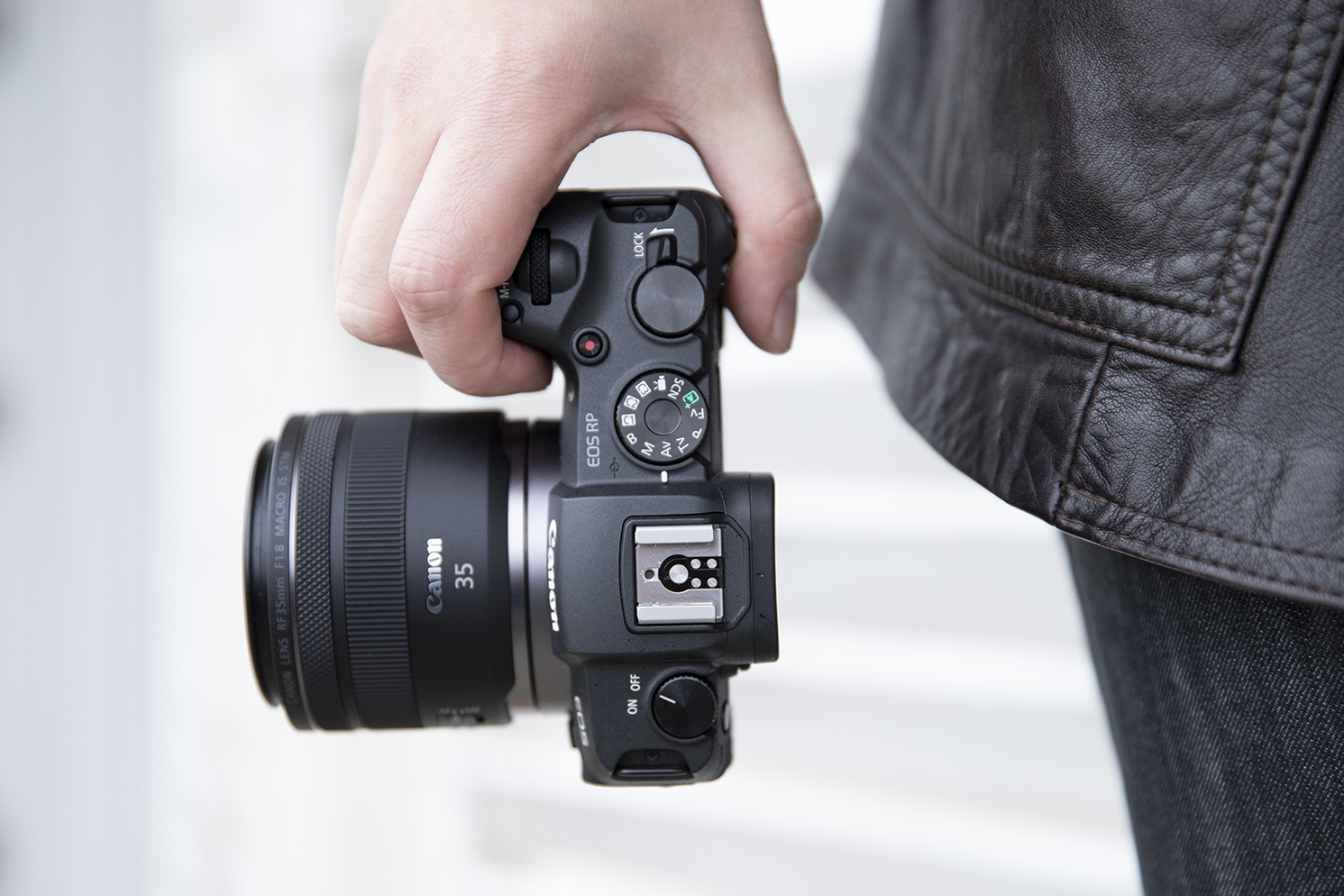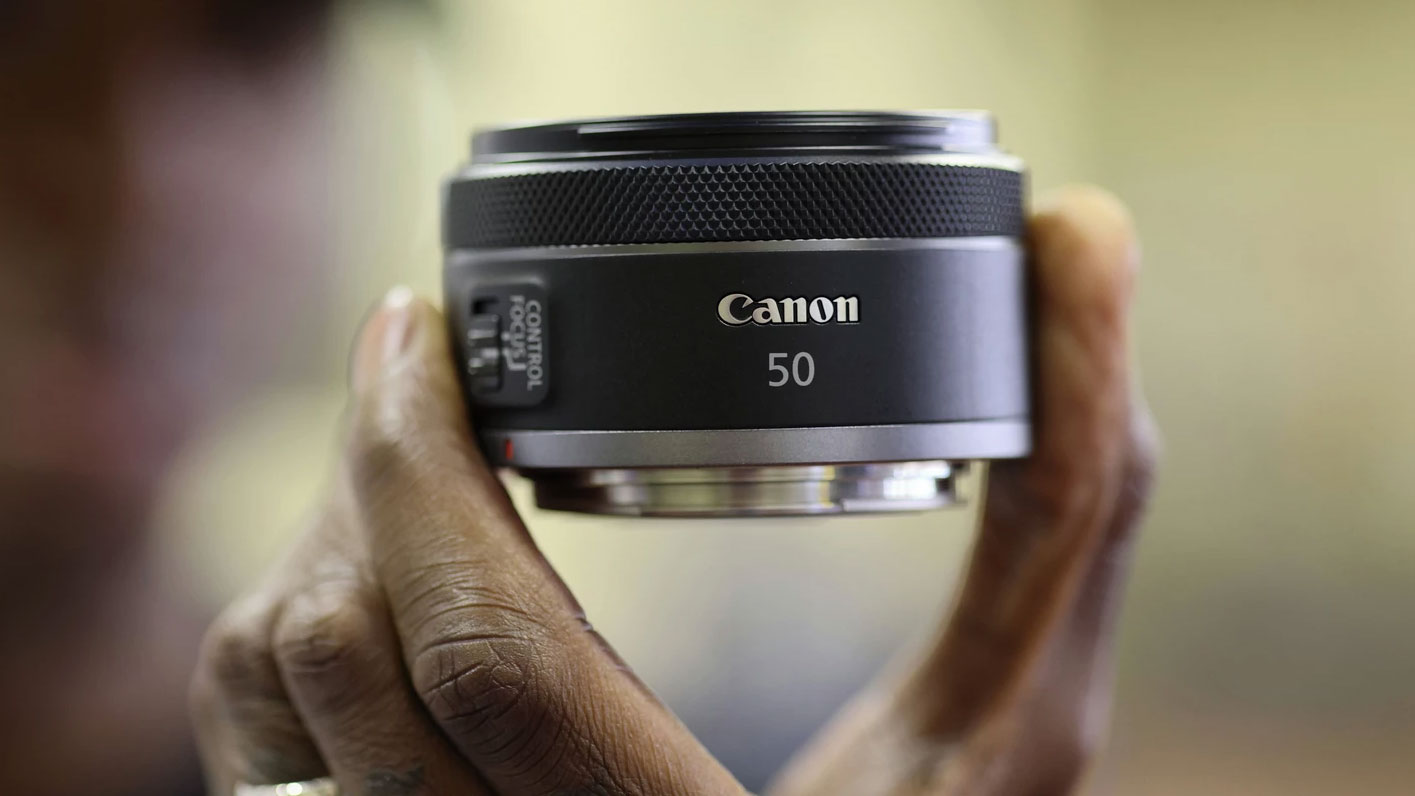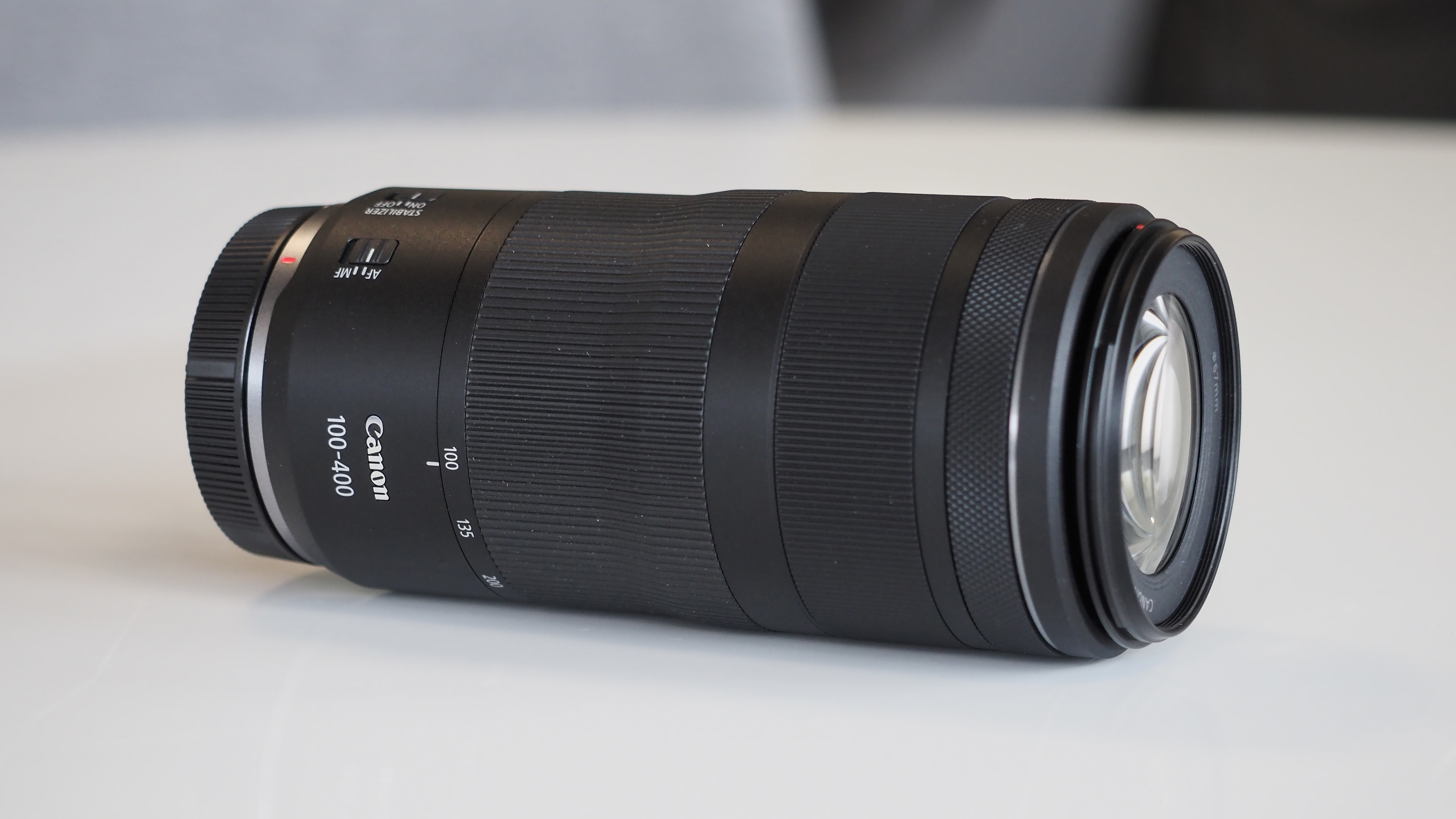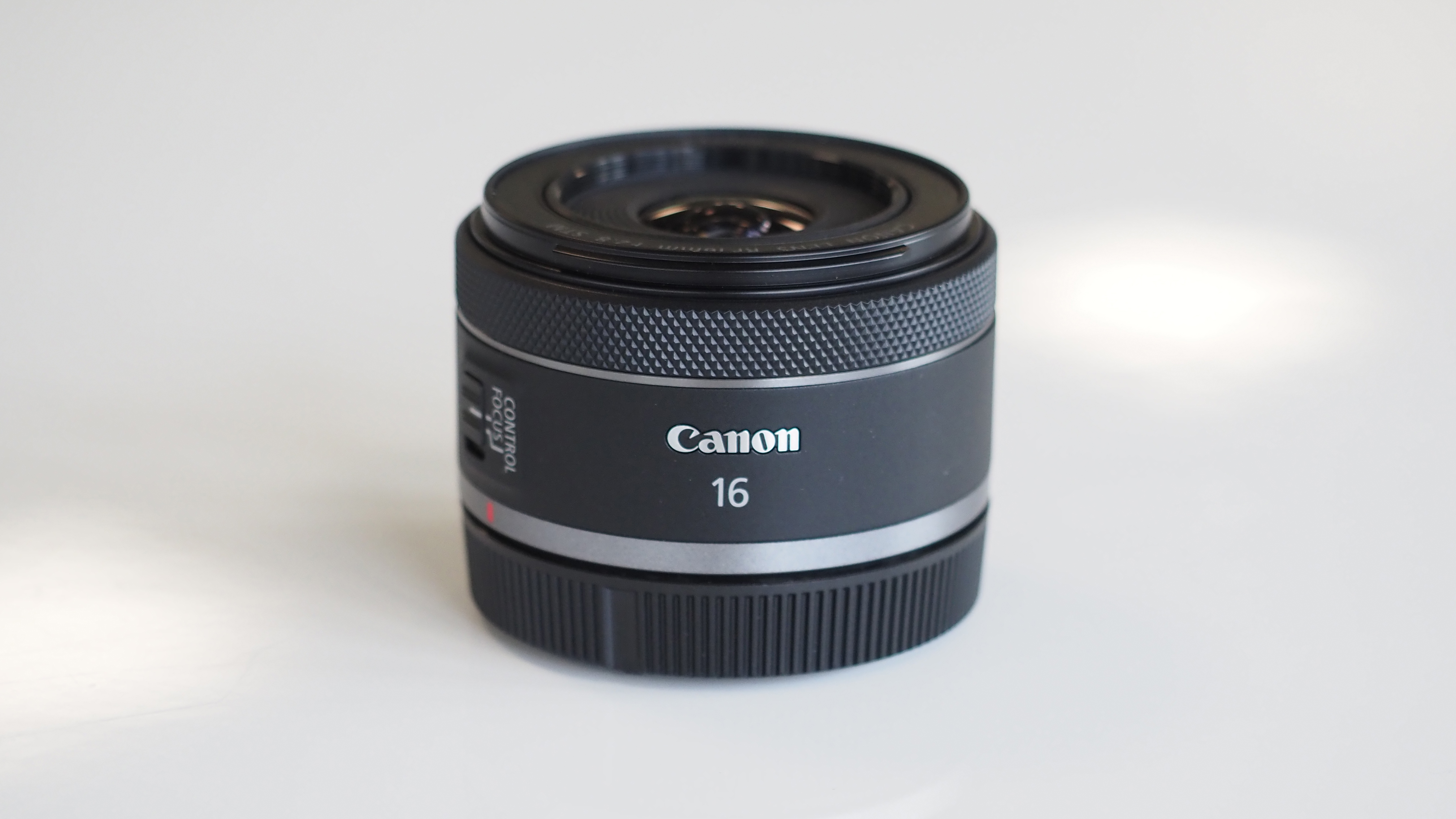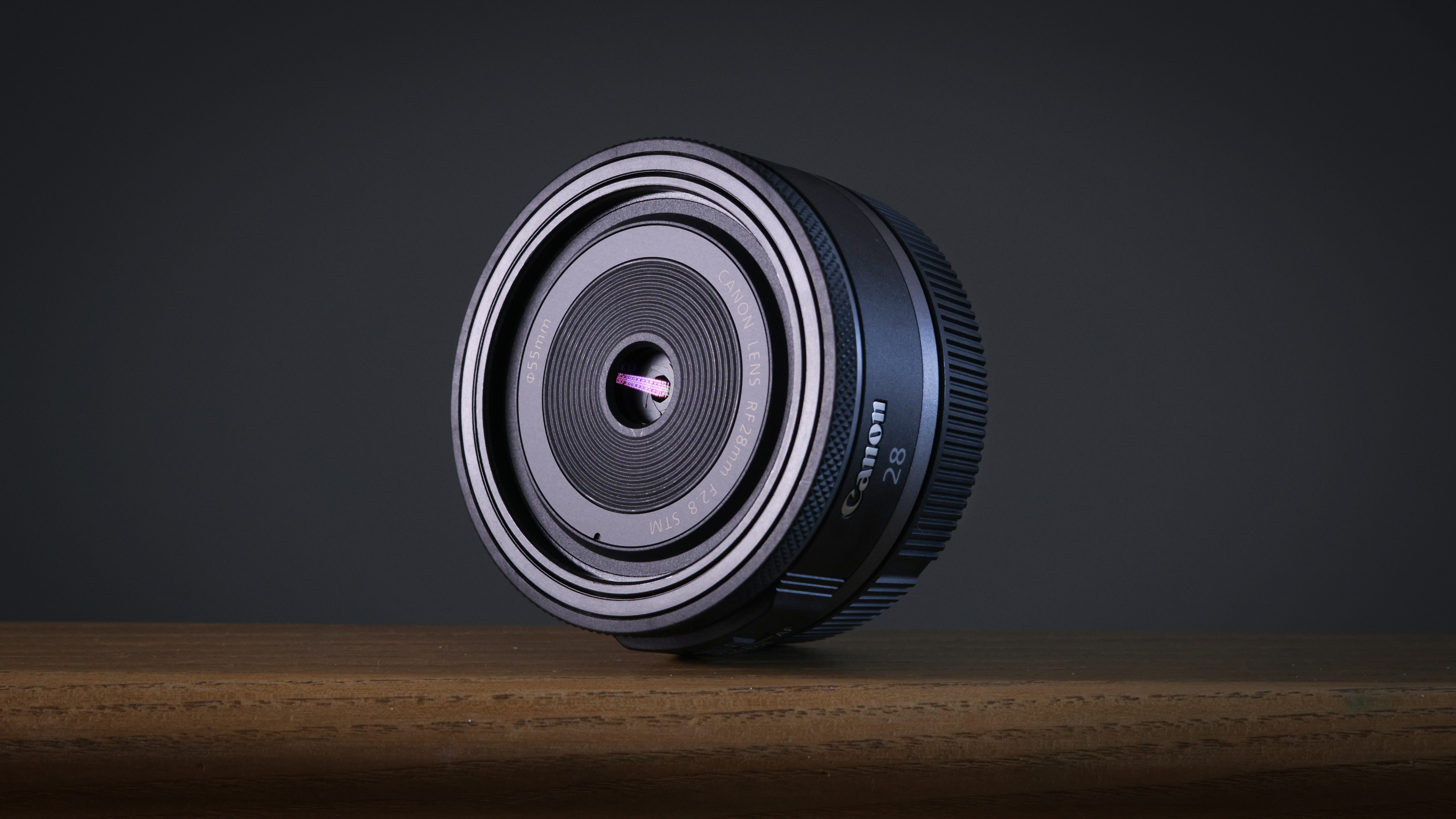The best lenses for the Canon EOS R10: smart lens choices for top APS-C mirrorless camera
I think the best lenses for the R10 should be compact, affordable and a pleasure to use, just like the camera itself!
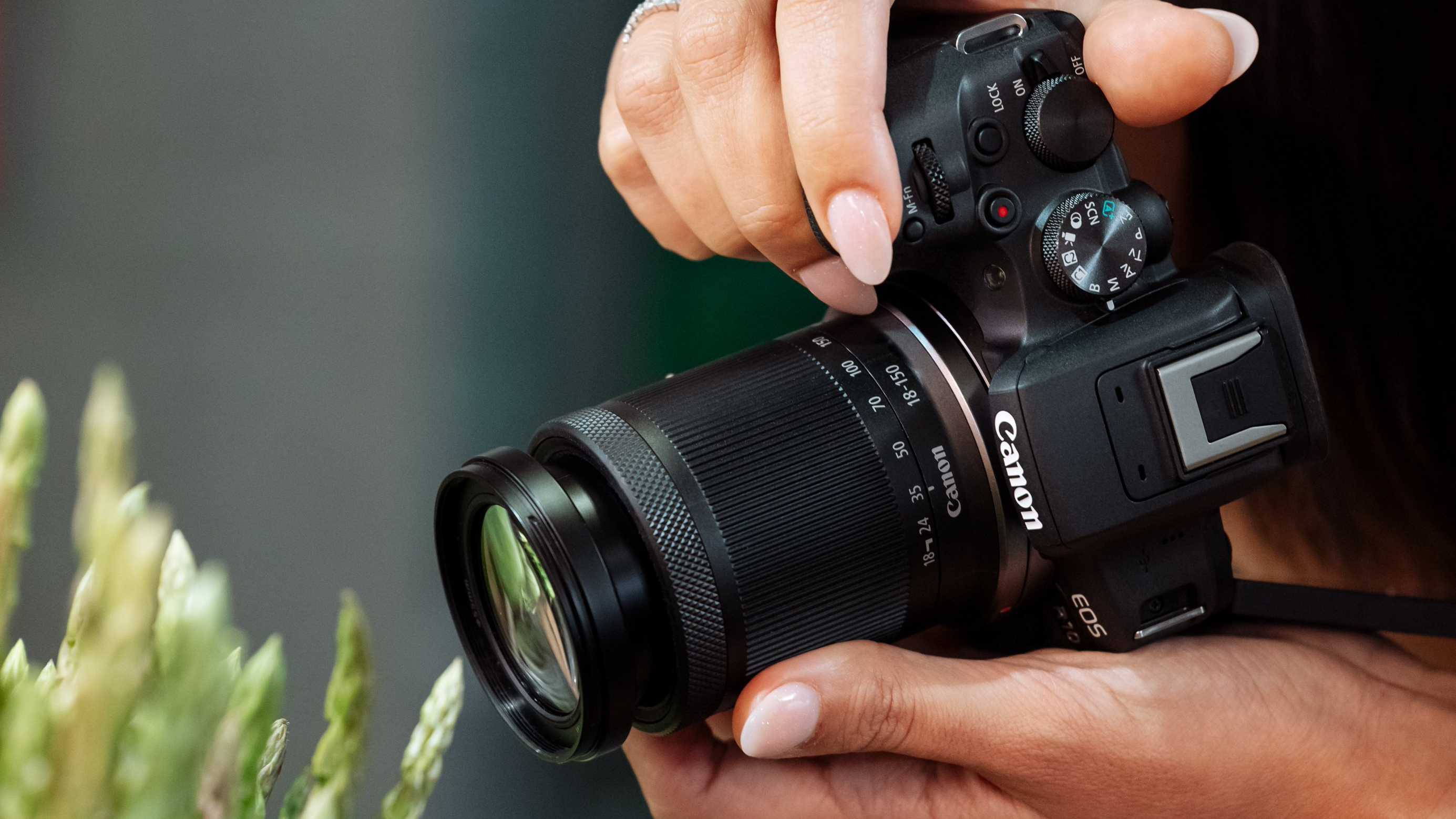
I know that Canon still only produces a few RF-S lenses tailor-made for the EOS R10 but this needn't be a deal-breaker. That's because the camera can also be fitted with regular full-frame RF lenses, of which there are dozens to choose from. While full-frame lenses are usually a heavy and expensive option for APS-C cameras like the EOS R10, I’ve found some perfectly affordable lenses that are ideal – both for size and for price.
Most people think of the full-frame DSLR and mirrorless models as being the best Canon cameras, but APS-C models like the EOS R10 and the R50 are a lot cheaper, and pretty powerful in their own right.
There’s one more option to mention – the Canon Mount Adapter EF-EOS R! This handy gadget doesn’t cost a whole lot (you may even have got one with your camera, depending on your dealer), and it opens up a whole world of Canon EF and EF lenses.
So if you’re upgrading to the EOS R10 from an older EOS DSLR system, don’t get rid of your old lenses. And if you’re starting from scratch, (we rate the EOS R10 as one of the best cameras for beginners) there are plenty of Canon EF lenses on the used market to keep you going until the Canon RF-S lens line-up fills out properly.
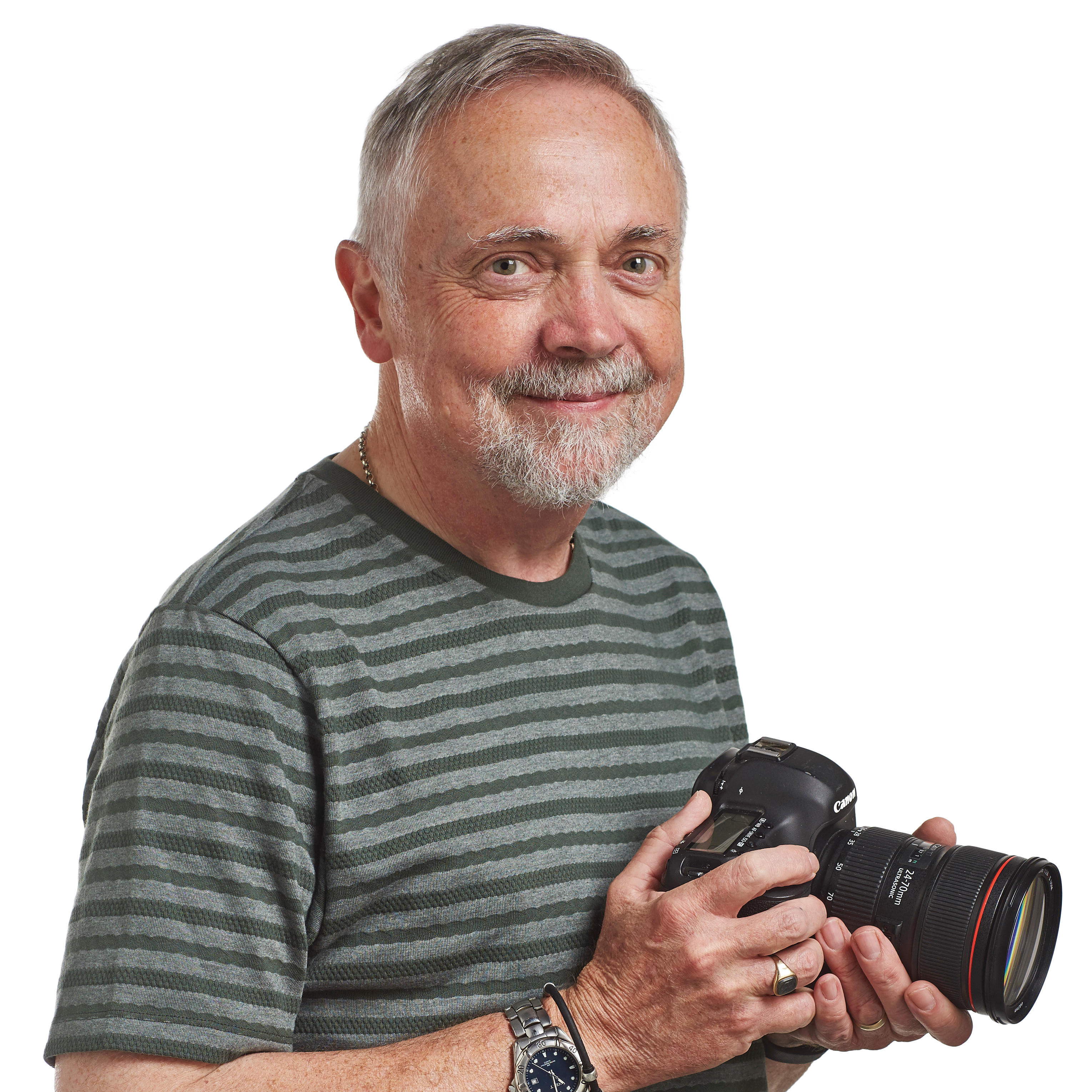
Rod is an independent photography journalist and editor, and a long-standing Digital Camera World contributor, having previously worked as DCW's Group Reviews Editor. He has used practically every interchangeable-lens camera launched in the past 20 years, from entry-level DSLRs to medium-format cameras, so he has the expertise to select the best Canon lenses for you.
The Quick List
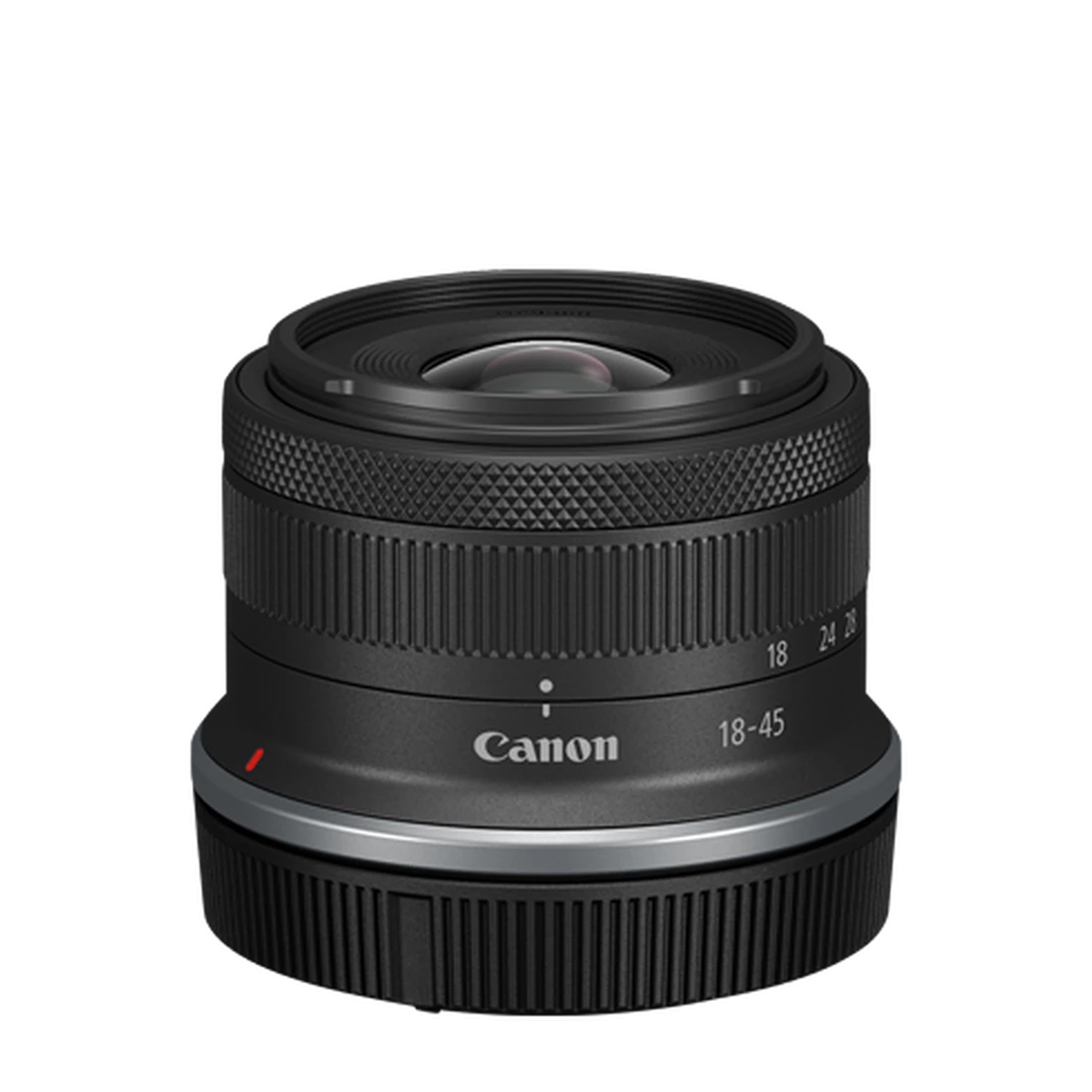
Canon’s choice for the R10’s kit lens is small and light, and delivers very decent image quality with fast autofocus. Read more below…
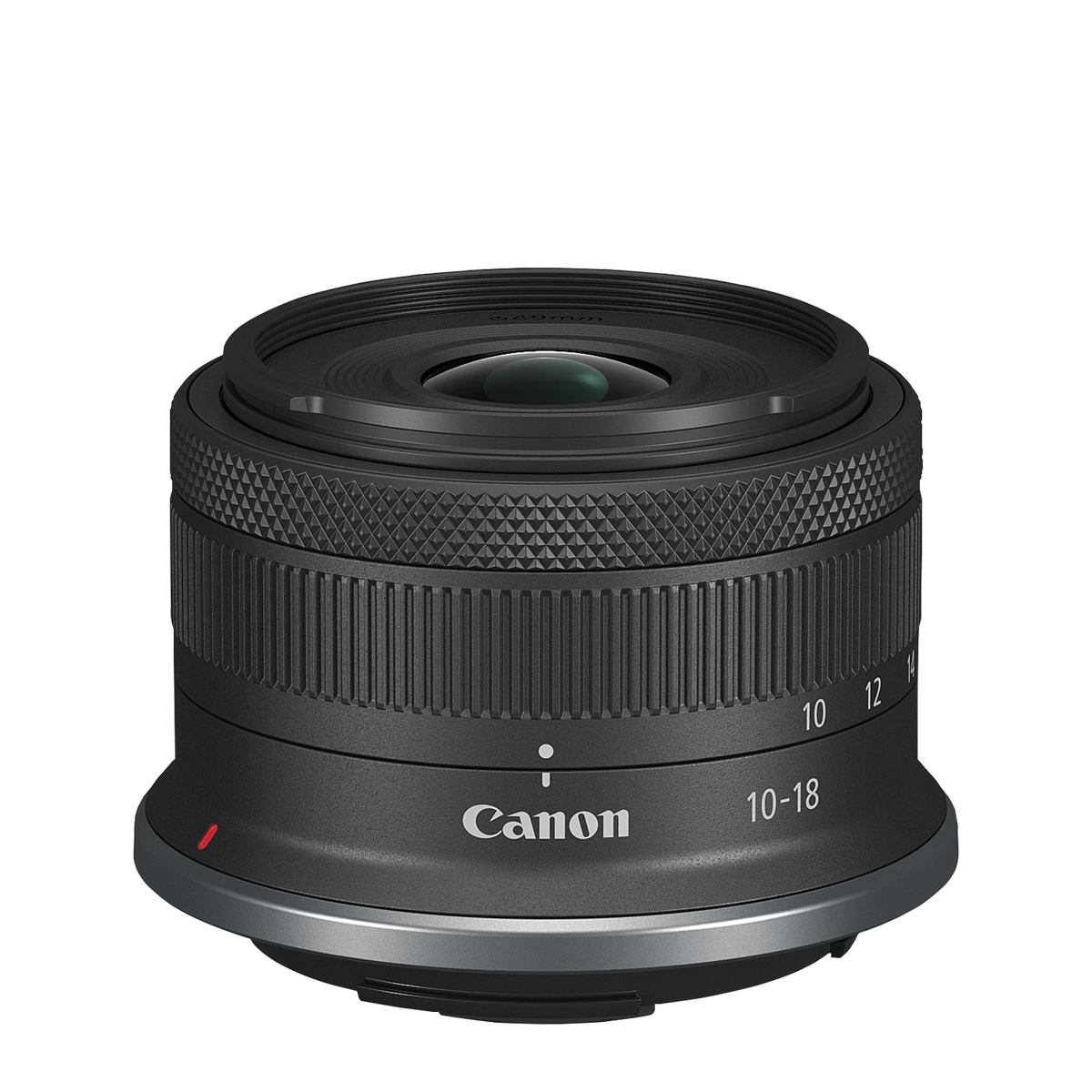
This lens is great for shooting big scenes like landscapes and architecture; vloggers should also find it more than suitable. Read more below…
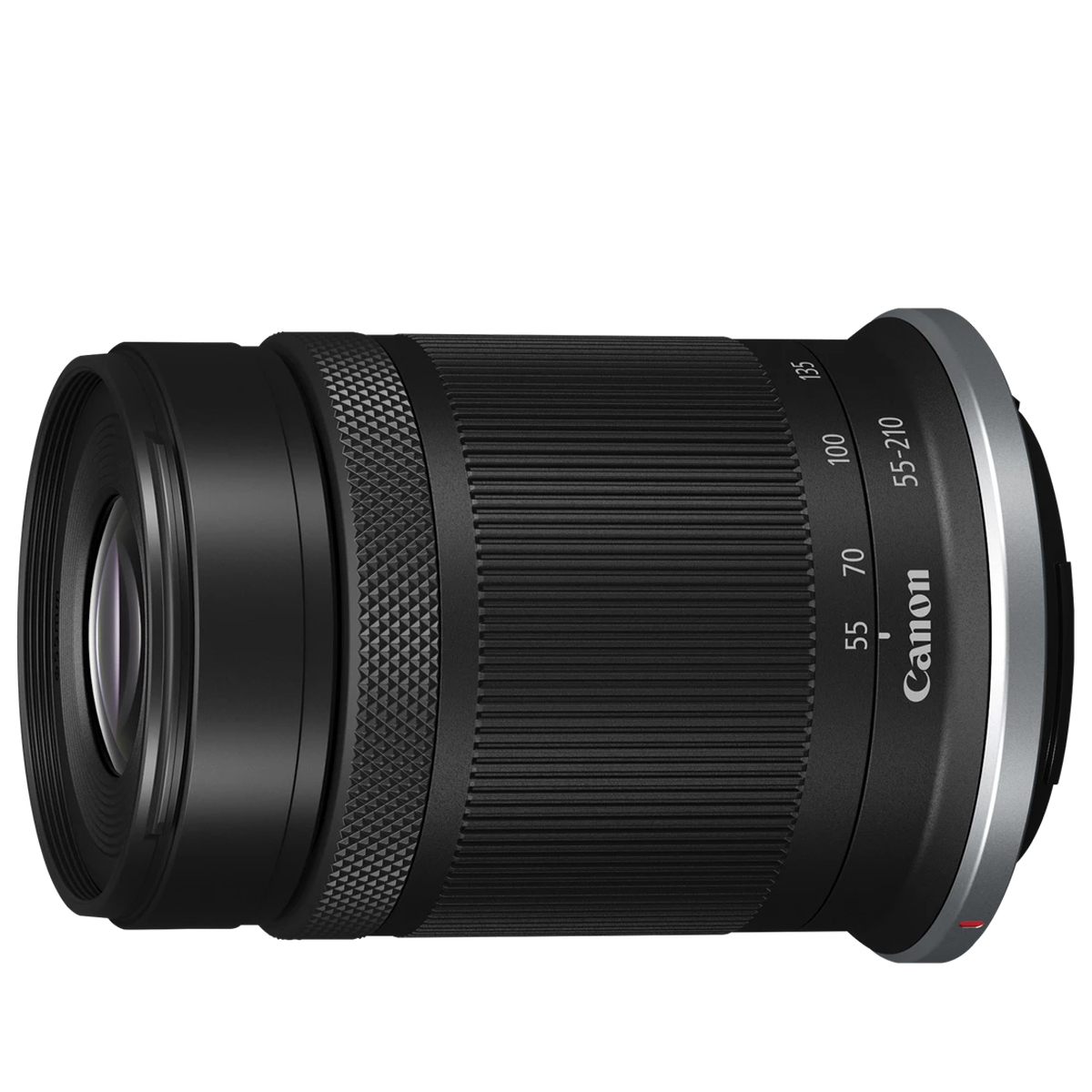
This zoom lens delivers a lot of focal length without bumping up size or weight too much – with the bonus of image stabilization. Read more below…
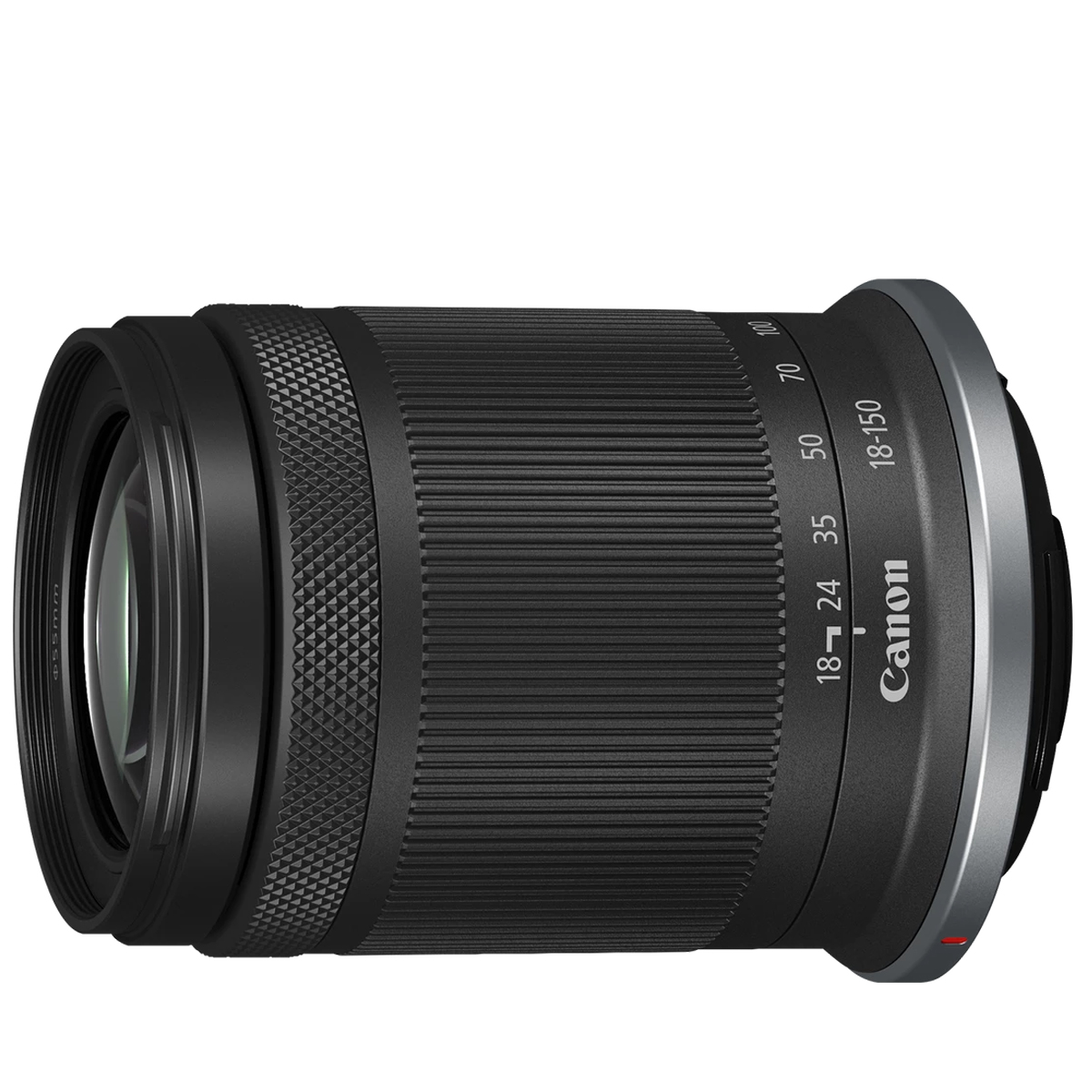
When you only want to take one lens with you, this zoom is happy to tackle everything from landscapes to wildlife. Read more below…
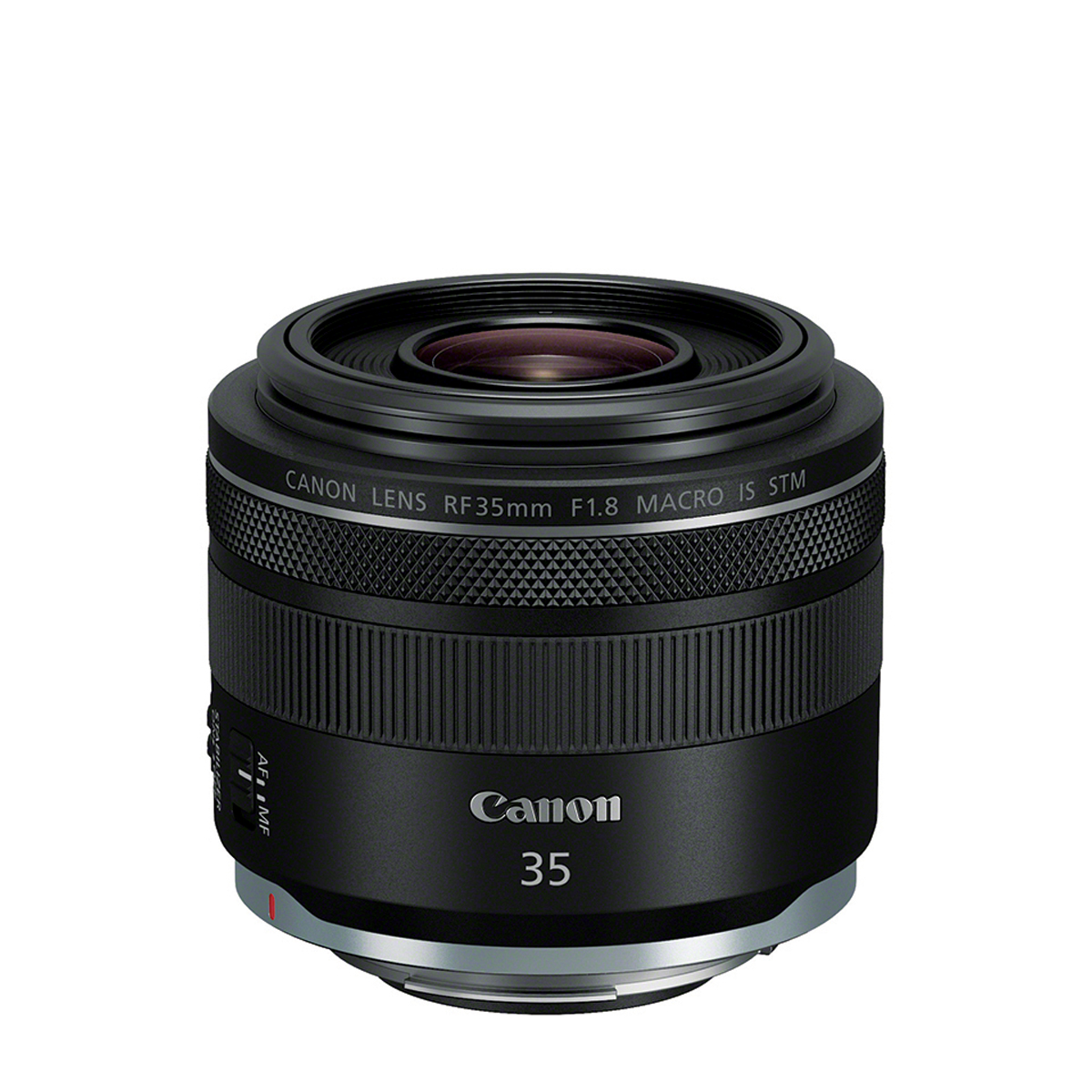
This prime lens is small enough not to attract attention, offers a natural viewing angle, and even throws in macro capability. Read more below…
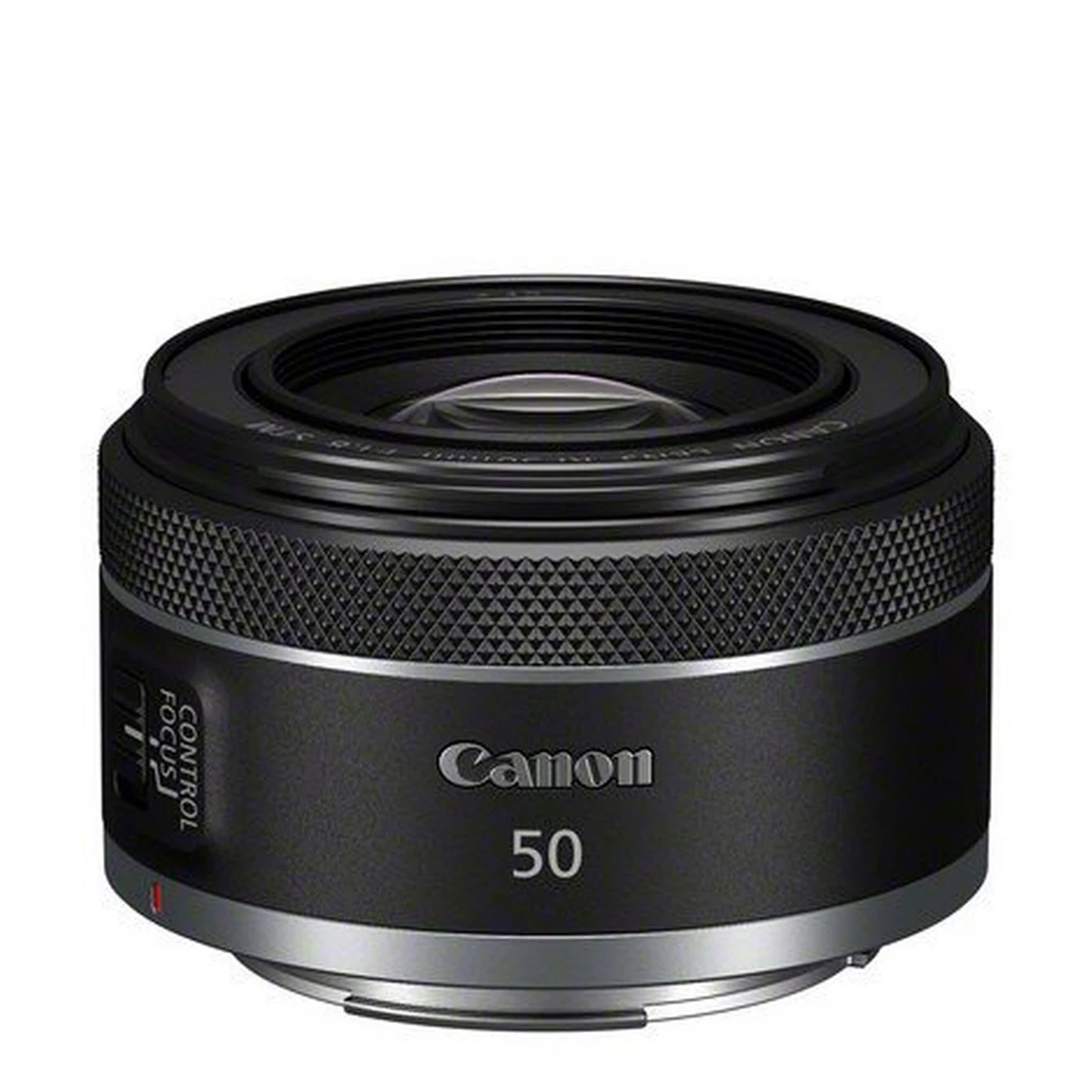
On the R10, this lens offers the ideal focal length for portraits, and you can get some lovely blurred backgrounds too. Read more below…
View the full list ⤵
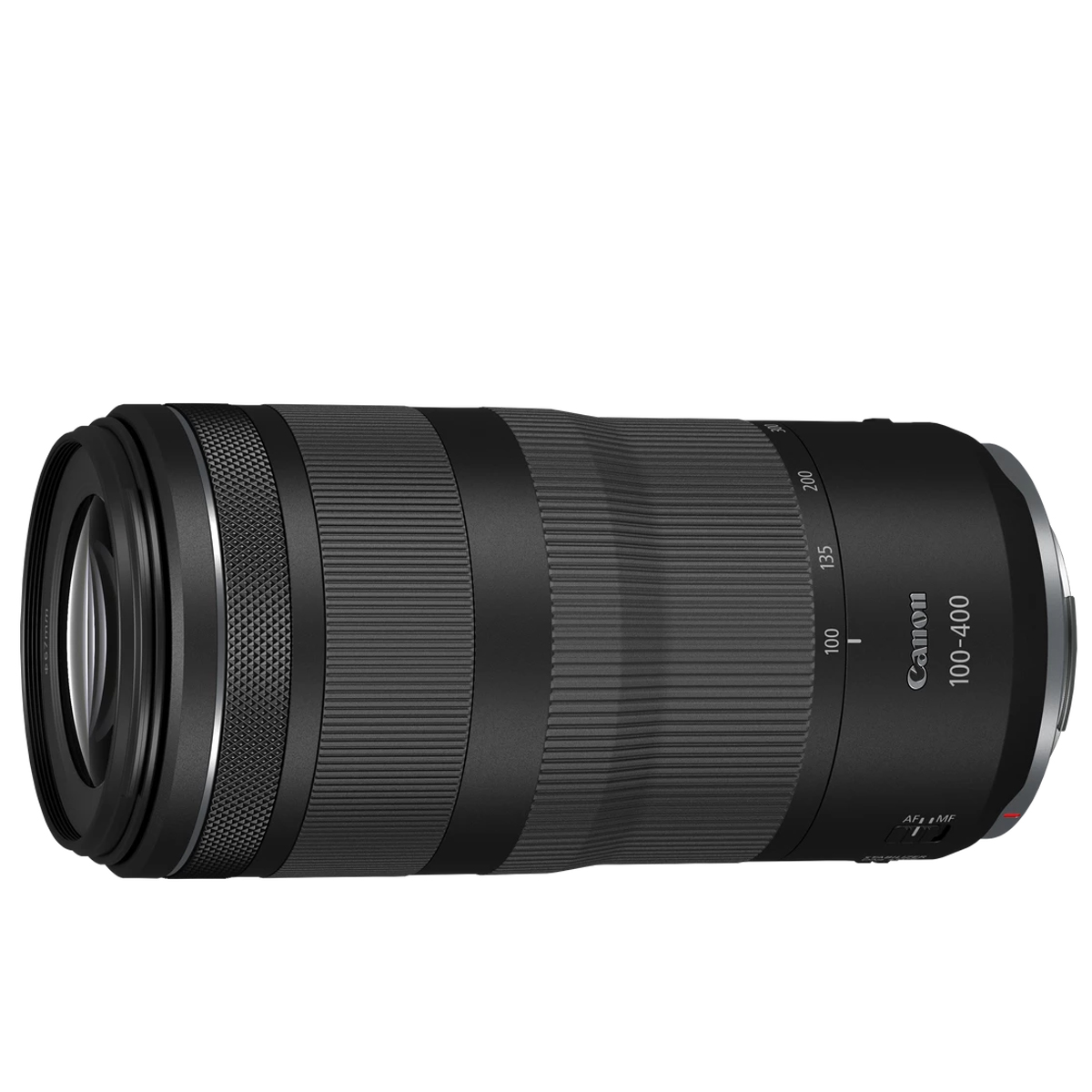
The R10’s crop factor means you get an effective focal length of 640mm – more than enough for sports or wildlife action. Read more below…

This lens is compact and delivers quality images, making it ideal for everything from street photography to night-sky shots. Read more below…
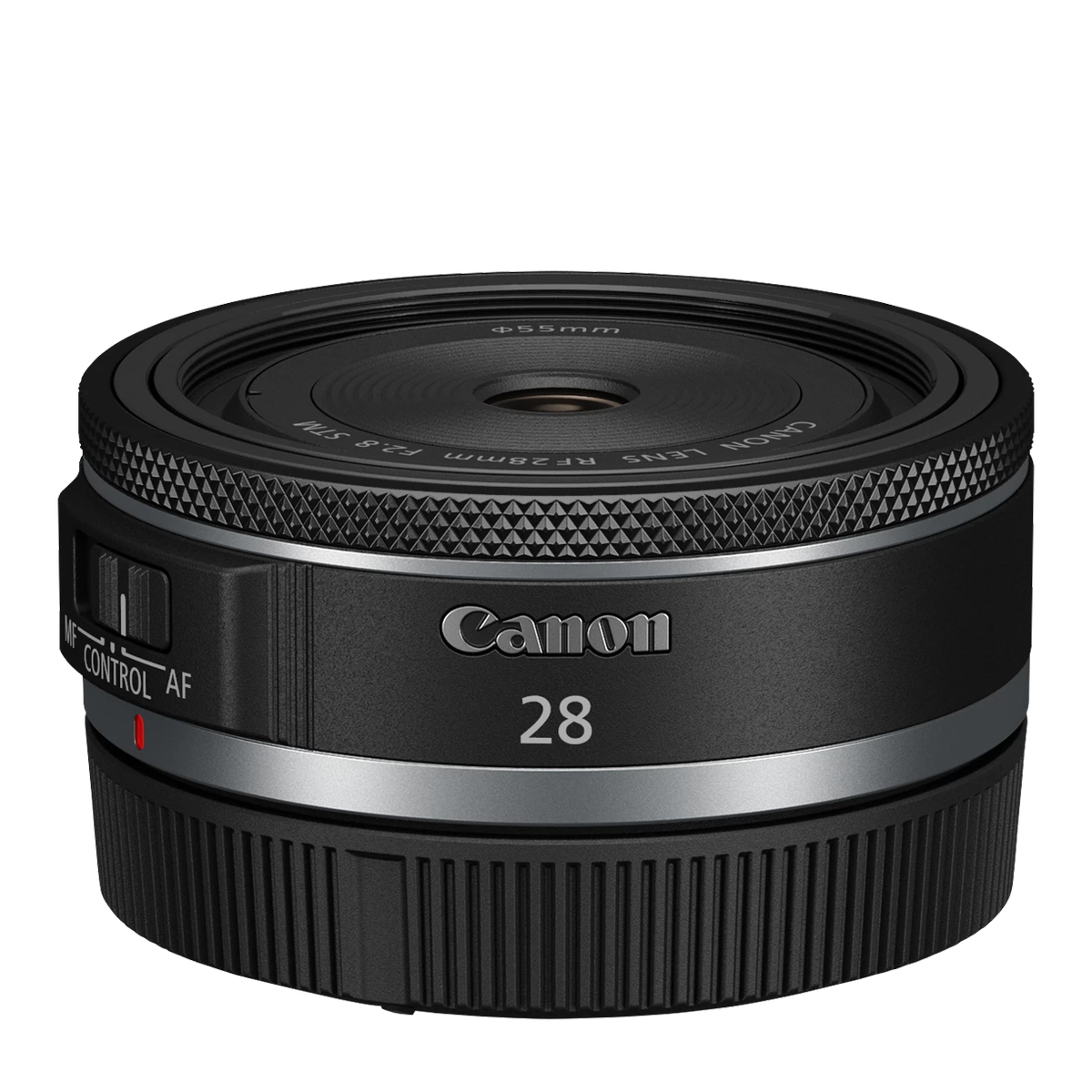
The 28mm’s pancake design takes up very little space, making this lens a great option for everyday photography. Read more below…
The best lenses for the Canon EOS R10
Why you can trust Digital Camera World
Best starter lens for the R10
Specifications
Reasons to buy
Reasons to avoid
If you're looking at the EOS R10 and wondering whether you should go for this 18-45mm kit lens or the longer range 18-150mm (normally sold with the more advanced EOS R7), we'd suggest you don't write off this smaller lens too quickly. Small is the word.
Fitted to the EOS R10 it makes a light, compact combination that's easy to carry and use, and the image quality is actually rather good. It's obviously not going to give the same performance as L-series or even mid-range glass, but it still delivers solid image quality (providing you leave in-camera optical corrections enabled!), and fine for a camera like the EOS R10.
Read more: Canon RF-S 18-45mm f/4.5-6.3 IS STM review
Best wide-angle lens for the R10
Specifications
Reasons to buy
Reasons to avoid
We’ve been waiting patiently for Canon to release an RF-S wide-angle, which has been a big hole in the RF-S range. But at last the EOS R10 has an affordable wide-angle, ideal for shooting interiors, landscapes and buildings. If you like to film vlogs for streaming, you’ll find this a compelling option.
The lens delivers sharp, punchy photos, although it does exhibit some distortion, especially at the 10mm setting. Fortunately, this is easily addressed via in-camera corrections or some quick post-processing. The lens' narrow aperture also means you’ll have to be careful with your exposure settings as it gets dark.
Read more: Canon RF-S 10-18mm f/4.5-6.3 IS STM review
Best telephoto lens for the R10
Specifications
Reasons to buy
Reasons to avoid
This was the third RF-S launched by Canon, and offers plenty of telephoto reach for a small, portable lens. The 3.8x zoom range is equivalent to using a 88-336mm lens on a full-frame camera, the viewing angle ranging from 27.8 to 7.4 degrees as you extend through the zoom range. Given that the EOS R10 lacks in-body image stabilization, optical stabilization is a key feature, and this gives a 4.5-stop advantage in beating camera shake. The build beyond this is basic, but in our tests we were impressed by the performance, noting snappy autofocus and with good center sharpness throughout the full range.
Read more: Canon RF-S 55-210mm f/5-7.1 IS STM review
Best travel photography lens for the R10
Specifications
Reasons to buy
Reasons to avoid
The Canon RF-S 18-150mm f/3.5-6.3 IS STM is typically sold as the kit lens for the Canon EOS R7, but it's worth considering as an option for the EOS R10 too. Its 18-150mm focal range equates to about 29-240mm in full frame camera terms, so although this lens is pretty compact and light, it actually qualifies as a do-it-all 'superzoom'.
It's the ideal travel companion for APS-C cameras like the Canon EOS R7 and R10. It offers a much greater range and a slightly faster aperture than the RF-S 18-45mm lens, and also boasts light macro capability. It performs above expectations for a kit lens and is an excellent choice with either of Canon's new APS-C bodies.
Read more: Canon RF-S 18-150mm f/3.5-6.3 IS STM review
Best standard prime
Specifications
Reasons to buy
Reasons to avoid
As close as you can get to a ‘nifty fifty’ on an APS-C Canon camera, this 35mm lens offers a 56mm focal length on the EOS R10. If you’re only going to buy one own-brand prime lens for your R10, this is the one to go for.
It’s wonderfully compact and lightweight, as well as only costing about a fifth of the price of Canon’s bulky f/1.2 lenses. Indeed, the relatively small and inexpensive build enabled by the more modest aperture rating makes you wonder why Canon hasn’t made more f/1.8 RF primes yet.
The focal length while fitted to the R10 is perfect for street photography, and gives an entirely natural viewing perspective that works well for landscape and architectural photography, as well as for environmental portraits where you want to include a person’s surroundings.
The versatility doesn’t end there, as the lens has a short 0.17m minimum focus distance that enables 0.5x macro shooting, complete with a hybrid 5-stop stabilizer that corrects for an x-y shift in addition to the more usual angular vibrations.
Read more: Canon RF 35mm f/1.8 IS Macro STM lens review
Best portrait photography lens for the R10
Specifications
Reasons to buy
Reasons to avoid
The Canon RF 50mm f/1.8 STM is a 'standard' lens on a full-frame Canon but fitted to the EOS R10 it has an effective focal length of 80mm, which is pretty much perfect for portrait photography.
It has an f/1.8 maximum aperture, which will give you nice background blur, and it's cheap, compact, and capable, delivering great image quality (on par in some areas with the RF 50mm f/1.2L, which costs over ten times as much!) in a truly pocket-sized lens. The smallest optic for the EOS R system, it's a fantastic everyday lens that pairs well with any RF body, including the EOS R10.
Read more: Canon RF 50mm f/1.8 STM review
Best super-telephoto lens for the R10
Specifications
Reasons to buy
Reasons to avoid
This is a full frame Canon RF lens, but at a size and price that makes it a great buy for the Canon EOS R10 too. In fact, the R10's smaller sensor works in its favor and gives this lens an effective focal range of 160-640mm.
That's HUGE, especially at this price. The autofocus is super-fast, the image stabilization is highly effective and the image quality is highly impressive in all respects, with the caveat that sharpness drops off noticeably when combining close focusing distances with the longest zoom setting.
The aperture rating of f/8 at the long end of the zoom range might be a bit slow, but that’s the price you pay for this downsized design and affordable price tag.
Read more: Canon RF 100-400mm f/5.6-8 IS USM review
Best wide-angle prime for the R10
Specifications
Reasons to buy
Reasons to avoid
Until Canon brings out an ultra-wide RF-S lens, this is the next best thing without spending a fortune.
This little 16mm f/2.8 is actually an ultra-wide full-frame lens, but it still gives a handy 26mm equivalent wide-angle view on the EOS R10. Canon's 16mm wide prime is just as affordable and packs the added bonus of autofocus. It's just 40mm long and 165g light, and very portable.
In fact, like the RF 35mm and primes also in this guide, this 16mm makes a convincing case for leaving a standard zoom lens out of the shooting equation and sticking to prime numbers. And even if you do generally shoot with a standard zoom, the RF 16mm is an excellent addition, delivering convincing image quality and all-around performance.
If ever a lens was a no-brainer, it’s this one. And if you do later upgrade to a full frame EOS R camera, this lens will work on that too!
Read more: Canon RF 16mm f/2.8 STM review
Best for the streets
Specifications
Reasons to buy
Reasons to avoid
This is another in the selection of full-frame Canon RF lenses that go brilliantly with the R10 because of their size and weight. This is a ‘pancake’ design, so it’s even more compact than its RF stablemates. Add one to the R10 and you’ve got a convenient combo you can slip in a coat pocket.
The effective focal length on the R10 is 45mm, which makes it suitable for lots of everyday shooting situations. It checks the boxes for portability, price and performance, so it fully deserves its place in this list.
Read more: Canon RF 28mm f/2.8 STM hands-on review
Lab data and comparisons
The graphs below show the comparative performance of the lenses in this guide, based on our in-house lab tests. Levels of sharpness are generally very good, although the RF-S 55-210mm is little less impressive. The RF-S 18-45mm doesn’t perform so well for color fringing and distortion, and the RF-S 10-18mm is the worst for distortion, but these issues are taken care of by automatic in-camera correction, as with many lenses designed for mirrorless cameras.
Scores for sharpness and color fringing are averaged from data taken across the entire image frame, from the center to the edges and corners, throughout the aperture range. For zoom lenses, the scores are also averaged from data measured at all marked focal lengths, and the same applies to distortion. Bear in mind that these average values don't fully reflect specific areas of performance. For example, a zoom lens might have noticeable barrel and pincushion distortion at its shortest and longest focal lengths respectively, which tends to average out when looking at the data overall. For more detailed graphs of each lens's performance, which give the full picture, check out the graphs in our full standalone lens reviews.
How to choose the best lens for the Canon EOS R10
Do all Canon lenses fit the EOS R10?
The R10 uses the Canon RF mount, which means it works with all RF and RF-S lenses. RF-S lenses are tailored for use with APS-C Canon cameras such as the R10, while RF lenses are more geared towards full-frame cameras, but still work on the R10. RF lenses tend to be larger and heavier than RF-S lenses, which are a better physical match for the R10, although there are several compact RF primes that are terrific options.
The R10 can also use Canon's older EF and EF-S lenses for DLSRs, but you have to buy a Canon Mount Adapter EF-EOS R to fit the lenses.
The R10 can’t use EF-M lenses, which are made for the Canon EOS M series of cameras. No adaptor has been released for EF-M lenses.
How do I know which lens to get for my R10?
The reason there are so many types of lens in the first place is that different scenes demand different lens designs, particularly when it comes to focal length and aperture rating.
Usually, you will decide what you want to photograph, then get a lens with the focal length that suits the situation. For example, to shoot landscapes you will need a wide-angle lens, while for sports and wildlife you will need a telephoto.
You can watch this video that explains focal length: it helps you work out what kind of lenses you need for different genres of photography.
How we test lenses
The lens experts in our testing lab run a range of tests under controlled conditions, using the Imatest Master testing suite. Photos of test charts are taken across the range of apertures and zooms (where available), then analyzed for sharpness, distortion and chromatic aberrations.
We use Imatest SFR (spatial frequency response) charts and analysis software to plot lens resolution at the centre of the image frame, corners and mid-point distances, across the range of aperture settings and, with zoom lenses, at four different focal lengths.
There's more to it than just the technical side, though! Beyond the lab, our reviewers test lenses in real-world environments – and sometimes on professional shoots! We work with lenses both indoors and outdoors, in studio conditions and in natural light, with as many different subjects as is possible (or appropriate – there's no point testing a landscape lens' ability to shoot a portrait!).
We take into account everything from handling and ease of use to speed of autofocus and the overall quality of the images produced.
Find out more about how we test and review on Digital Camera World
The best camera deals, reviews, product advice, and unmissable photography news, direct to your inbox!

Rod is an independent photography journalist and editor, and a long-standing Digital Camera World contributor, having previously worked as DCW's Group Reviews editor. Before that he has been technique editor on N-Photo, Head of Testing for the photography division and Camera Channel editor on TechRadar, as well as contributing to many other publications. He has been writing about photography technique, photo editing and digital cameras since they first appeared, and before that began his career writing about film photography. He has used and reviewed practically every interchangeable lens camera launched in the past 20 years, from entry-level DSLRs to medium format cameras, together with lenses, tripods, gimbals, light meters, camera bags and more. Rod has his own camera gear blog at fotovolo.com but also writes about photo-editing applications and techniques at lifeafterphotoshop.com
